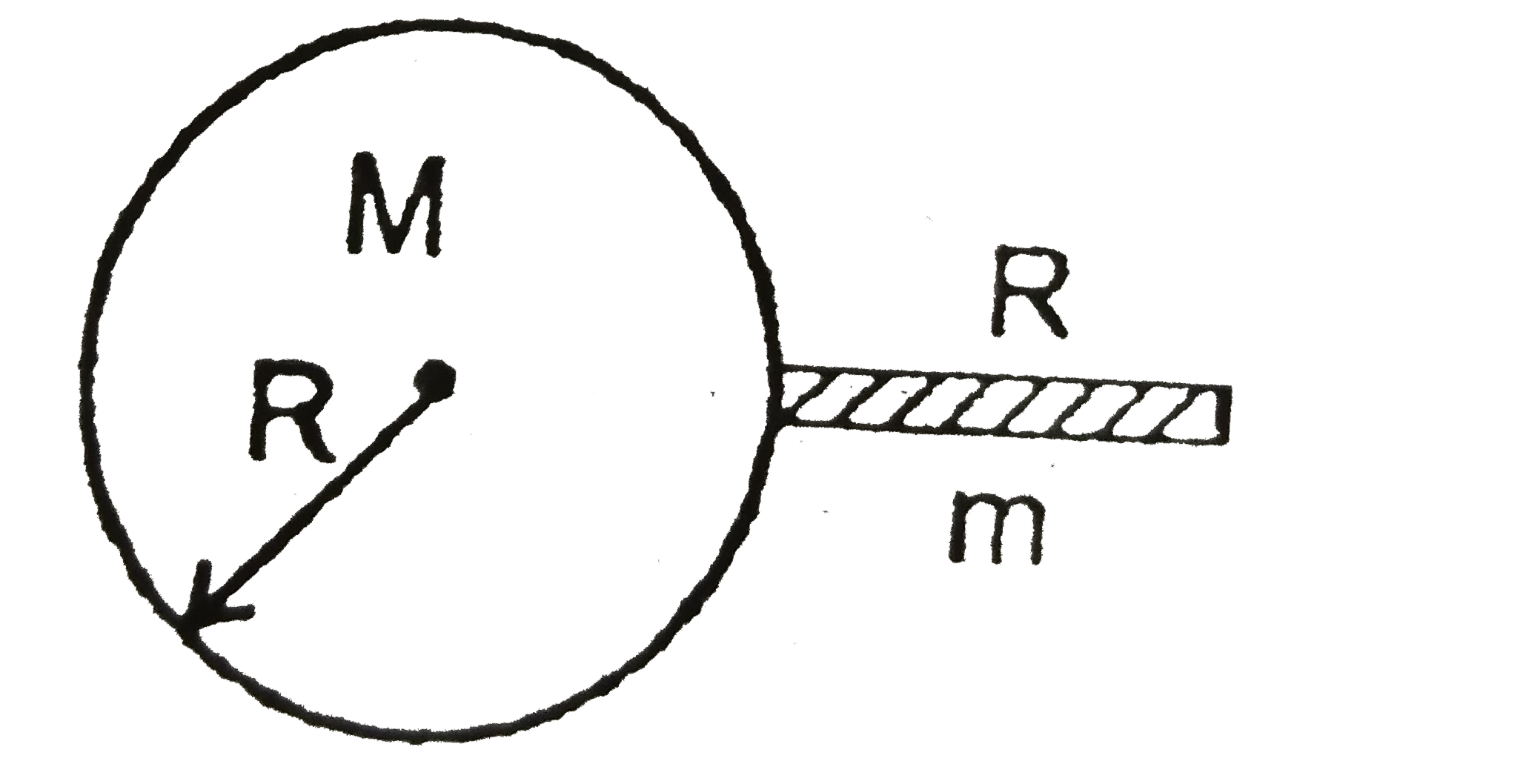If M is the mass of the earth and R its radius, then ratio of the gravitational acceleration and the gravitational constant is
R2M
MR2
MR2
MR
The correct Answer is:B
To find the ratio of gravitational acceleration (g) to the gravitational constant (G), we can follow these steps:
1. Understanding Gravitational Acceleration (g):
The gravitational acceleration at the surface of the Earth can be expressed using the formula:
g=GMR2
where:
- G is the universal gravitational constant,
- M is the mass of the Earth,
- R is the radius of the Earth.
2. Setting Up the Ratio:
We need to find the ratio of gravitational acceleration (g) to the gravitational constant (G):
Ratio=gG
3. Substituting the Expression for g:
Substitute the expression for g from the first step into the ratio:
Ratio=GMR2G
4. Simplifying the Ratio:
When we simplify the fraction, G in the numerator and denominator cancels out:
Ratio=MR2
5. Final Result:
Therefore, the ratio of gravitational acceleration to the gravitational constant is:
gG=MR2
The gravitational acceleration at the surface of the Earth can be expressed using the formula:
g=GMR2
where:
- G is the universal gravitational constant,
- M is the mass of the Earth,
- R is the radius of the Earth.
We need to find the ratio of gravitational acceleration (g) to the gravitational constant (G):
Ratio=gG
Substitute the expression for g from the first step into the ratio:
Ratio=GMR2G
When we simplify the fraction, G in the numerator and denominator cancels out:
Ratio=MR2
Therefore, the ratio of gravitational acceleration to the gravitational constant is:
gG=MR2
Topper's Solved these Questions
- GRAVITATIONBOOK - DC PANDEYCHAPTER - GRAVITATIONEXERCISE - Check Point 10.3
15 Videos
- GRAVITATIONBOOK - DC PANDEYCHAPTER - GRAVITATIONEXERCISE - Check Point 10.4
10 Videos
- GRAVITATIONBOOK - DC PANDEYCHAPTER - GRAVITATIONEXERCISE - Check Point 10.1
20 Videos
- GENERAL PHYSICSBOOK - DC PANDEYCHAPTER - GENERAL PHYSICSEXERCISE - INTEGER_TYPE
2 Videos
- KINEMATICSBOOK - DC PANDEYCHAPTER - KINEMATICSEXERCISE - INTEGER_TYPE
11 Videos
Similar Questions
Knowledge Check
If M is the mass of the earth and R its radius, the radio of the gravitational acceleration and the gravitational constant is
AR2MBMR2CMR2DMRIf M be the mass of the earth, R its radius (assumed spherical) and G gravitational constant, then the amount of work that must be done on a body of mass m, so that it completely escapes from the gravity of the earth of the earth is given by
AGmMRBGmM2RC3GmM2RD4GmM3RThe value of gravitational acceleration at a height equal to radius of earth, is
A50% of value at earth's surfaceB25% of value at earth's surfaceC75% of value at earth's surfaceDsame as value at earth's surface
The kinetic energy needed to project a body of mass m from the earth's surface to infinity is (R is radius of the earth, g is gravitational acceleration on the surface of the earth)
View SolutionIf the dentist of a small planet is the same as that of earth, while the radius of the planet is 0.2 times that of the earth, the gravitational acceleration of the surface of that planet is :
View SolutionIf the dentist of a small planet is the same as that of earth, while the radius of the planet is 0.2 times that of the earth, the gravitational acceleration of the surface of that planet is :
View SolutionThe mass of the moon is about 1.2% of the mass of the earth. Compared to the gravitational force the earth exerts on the moon, the gravitational force the moon exerts on earth
View SolutionA uniform thin rod of mass m and length R is placed normally on surface of earth as shown. The mass of earth is M and its radius R. Then the magnitude of gravitational force exerted by earth on the rod is

View Solution